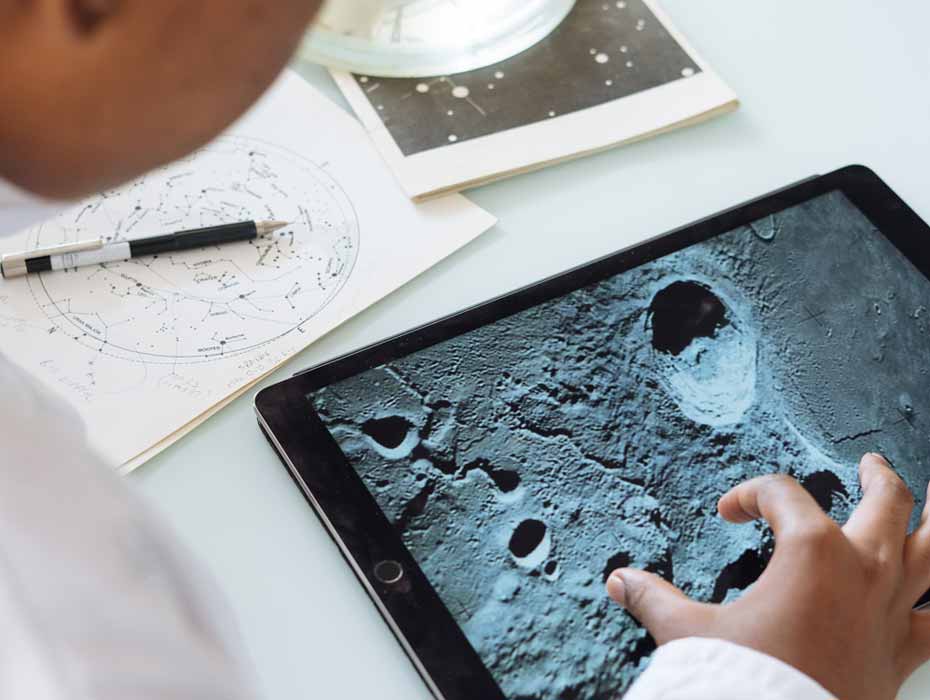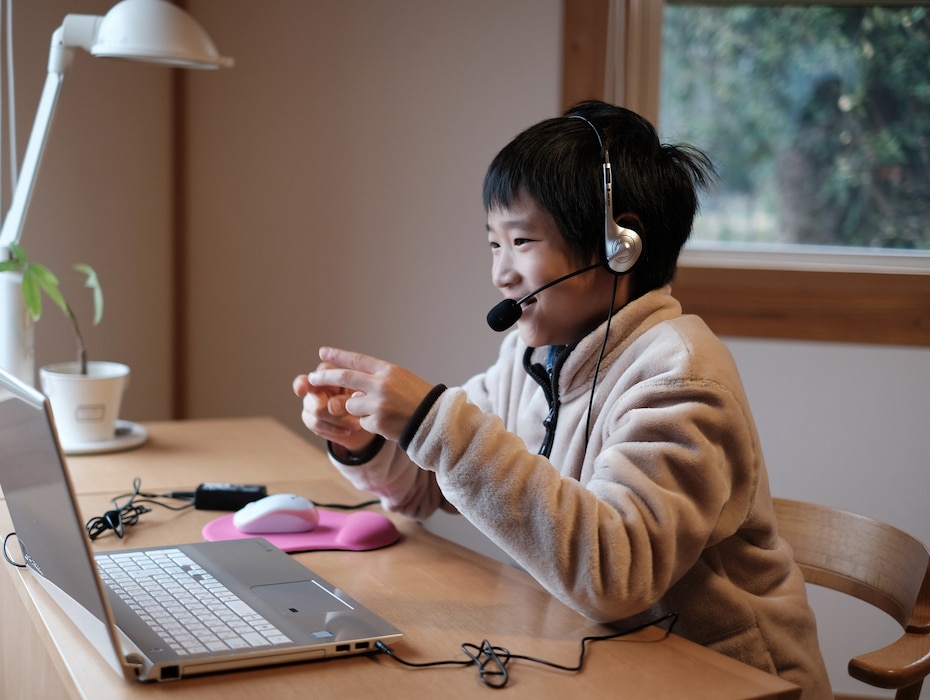Highlights:
- Blended learning has become the new normal for education.
- Educators enjoy the flexibility and ease of communication blended learning enables.
- Students enjoy an enriched learning experience with blended learning.
For centuries, teaching took place in universities, schoolhouses, and other physical locations. For the past eighteen months, some institutions have conducted teaching solely in the virtual realm.
The future will look like neither of these. It will incorporate aspects of both.
💻📚👩🏻🏫 Which pandemic-induced educational trends are certain to persist throughout 2022? Read our guide to find out.
It’s already happening. The fusion of classroom-based and online teaching styles is known as blended learning, or alternatively as hybrid learning, and students say that this hybrid style appeals to them more than either of the former options do now.
How did we get to this point? More importantly, how can institutions stay abreast of new developments in the rapidly changing educational scene?
This article explores the history and latest trends of blended learning systems.
How did we get here?
We’ve been living in an increasingly digital world for some time now. When the pandemic arrived, that trend kicked into overdrive, accelerating digital adoption to an almost dizzying speed.
Overnight, nearly every school and university saw its methods overhauled. In some cases, institutions were forced to deviate from their usual routines for the first time in hundreds of years.
But on the heels of disruption comes opportunity, and educational organizations wasted no time in trying to maximize the teaching potential of various platforms, apps, and channels.
We all know the result: a host of video conferencing platforms became household names. Learning management systems like Blackboard became even more essential than they already were.
Then we entered 2021 and a sense of normalcy began to slowly return. Students were increasingly allowed to return to physical classrooms.
Students and educators wondered how best to integrate the advantages of virtual learning with those of in-person instruction, and they began considering various hybrid systems meant to do exactly that.
Stay informed with RingCentral
What does that mean for blended learning in 2022?
In a nutshell, educational trends in 2022 will continue to revolve around two words: blended learning. Nearly every other trend traces back to this ultimate goal.
Educators have become accustomed to the flexibility and ease of communication that blended learning provides. They can access the Internet’s wealth of knowledge with greater ease than ever before. With museums, libraries, and cultural venues posting much of their content online, educators can also craft rich and engaging curricula that allow students to interact with collections firsthand. Understandably, educators want to retain flexibility and supplementary options going forward.
Likewise, students are now accustomed to seeing traditional curricula supplemented with audiovisual materials from YouTube, Khan Academy, and other channels. For some, virtual channels are also a welcome relief from the social pressures that schooling often entails, allowing shy or quiet students to express themselves with greater confidence. Like educators, students also want to keep those advantages in the coming era.
Blended learning systems offer the best way for them to do that, satisfying the demands of students and educators alike.

How can schools capitalize on the blended learning trend?
Smart schools will capitalize on these new opportunities by experimenting with blending learning systems until they find a combination that works for them.
“Experimenting” is a scary word, of course. New technology requires significant investment (in more ways than one). No school or university wants to waste time or risk its reputation by spending time and money on a method that doesn’t work.
But experimenting doesn’t mean tossing resources into the void; there are smart ways to go about it, especially as we’ve seen that blended learning does work.
Bold institutions will be rewarded for bringing technology into the classroom and tackling the challenges of blended learning head-on.
If you’re not already prioritizing your IT department, this is a good time to start. IT personnel aren’t just for fixing rickety projectors; that mindset won’t fit in the coming years. Rather, IT should be seen as an essential complement to in-classroom educators, enabling and empowering them to explore alternative teaching channels as soon as they become available.
It’s not just IT, either. Even ordinary educators must deal with technology more often than ever before, and it’s vital that they have the training and familiarity necessary to operate the necessary platforms and perform simple troubleshooting methods. It’s the institution’s role to ensure that educators have access to that training.
It’s time to reach outside the box. Educators must stop thinking in terms of singular technologies and start thinking in terms of integrated educational ecosystems—i.e. how apps and platforms can interact with one another to create the most effective possible system. That’s the key to blended learning.

Let RingCentral help you find the right balance for blended learning
If there’s one key takeaway from current trends, it’s this. Blended learning is here, it’s happening, and it’s not going away.
Nor should it. Blended learning offers key advantages both for the educator (in promoting flexibility) and for the student (in enriching the curriculum). Supplementary materials have never been so accessible, and there’s every reason to believe they shall continue to be so.
It’s trite to say that you can have it all, and it oversimplifies the many challenges of using blended learning systems. That said, we’ve never been closer to achieving that very goal. RingCentral leads the way in bringing integrative cloud technology to educational institutions globally. With a cloud-based communications platform that integrates with leading learning management systems, RingCentral simplifies blended learning for both educators and students. Request a demo today and see how it works.
Updated Jul 28, 2024











